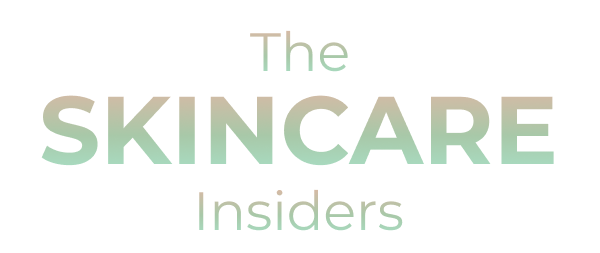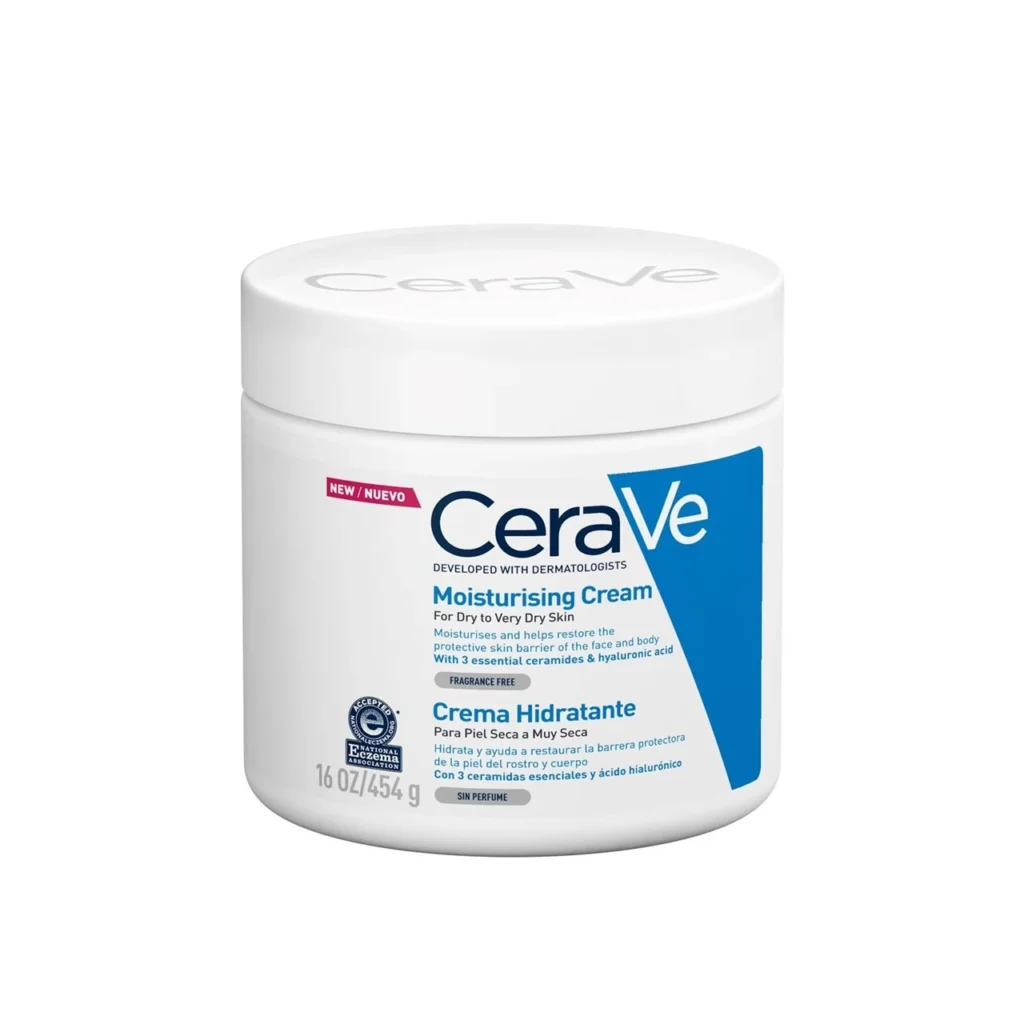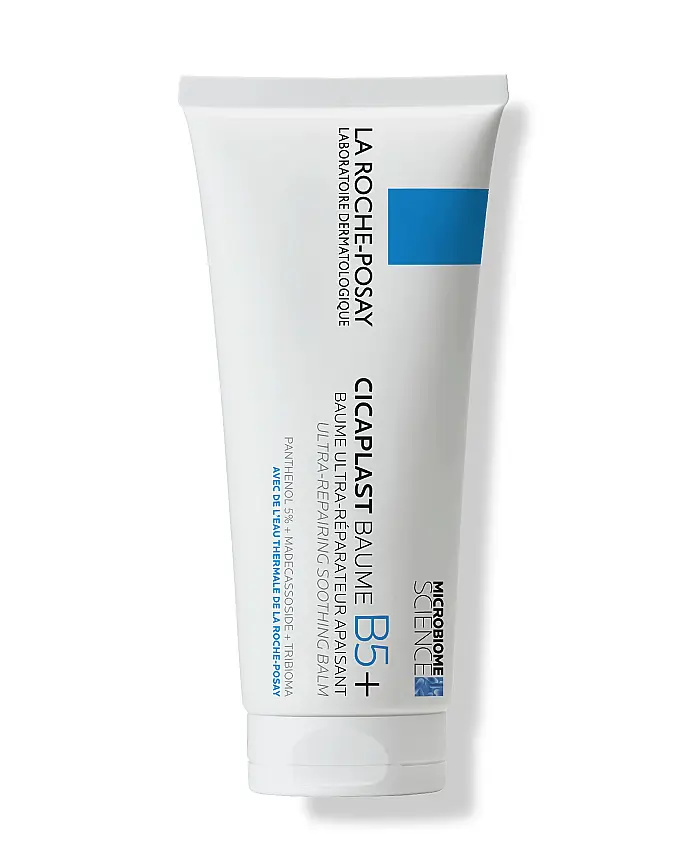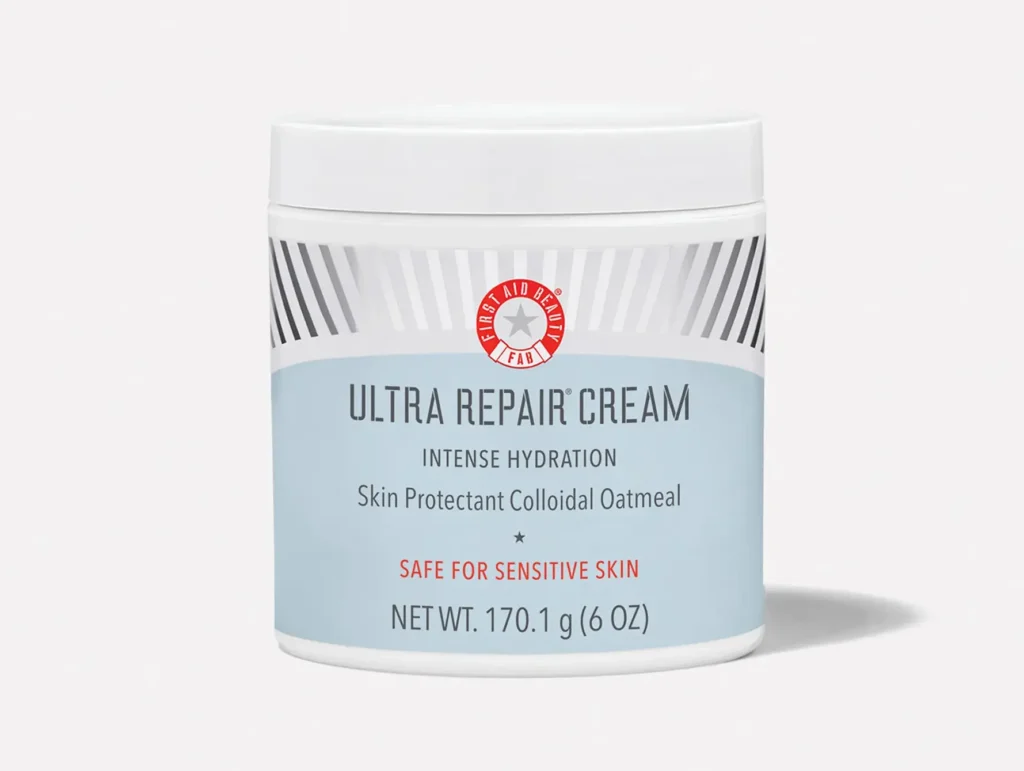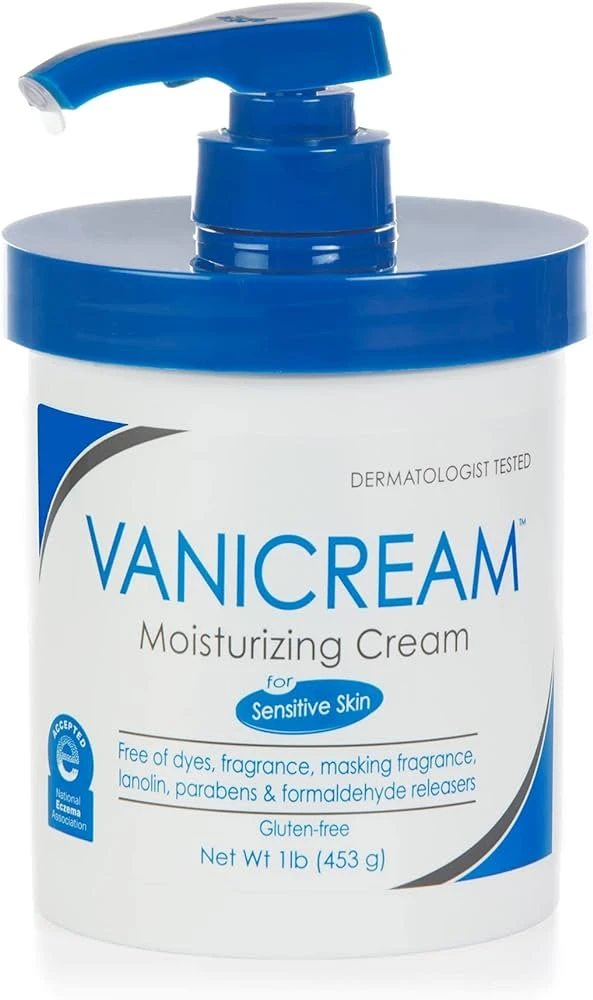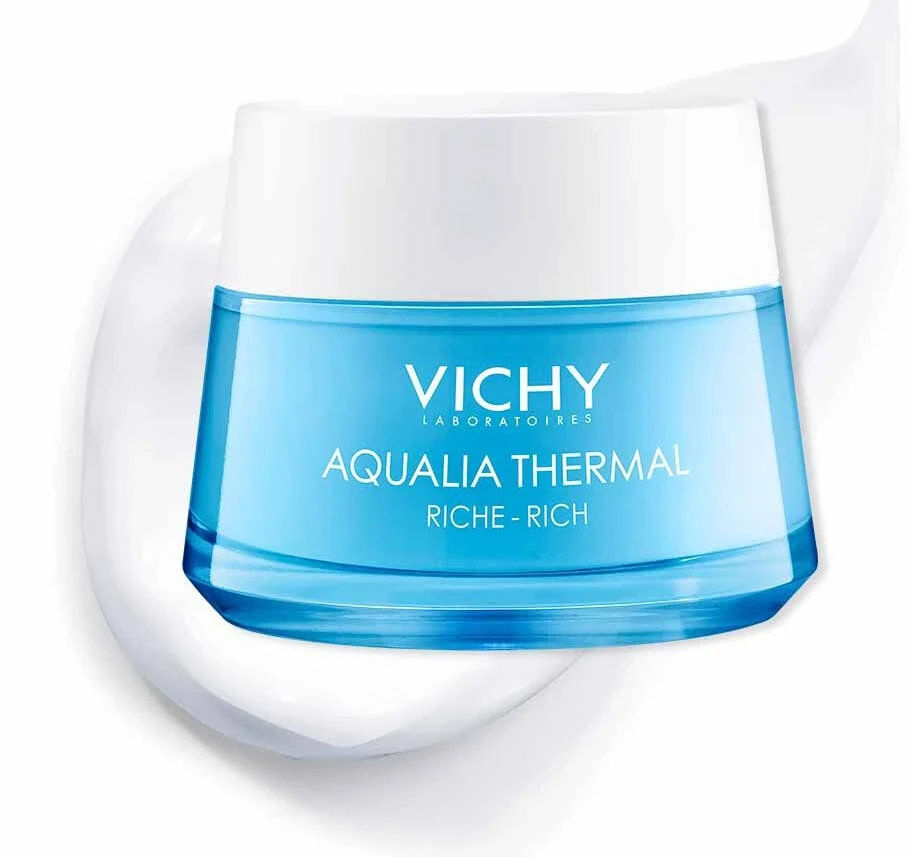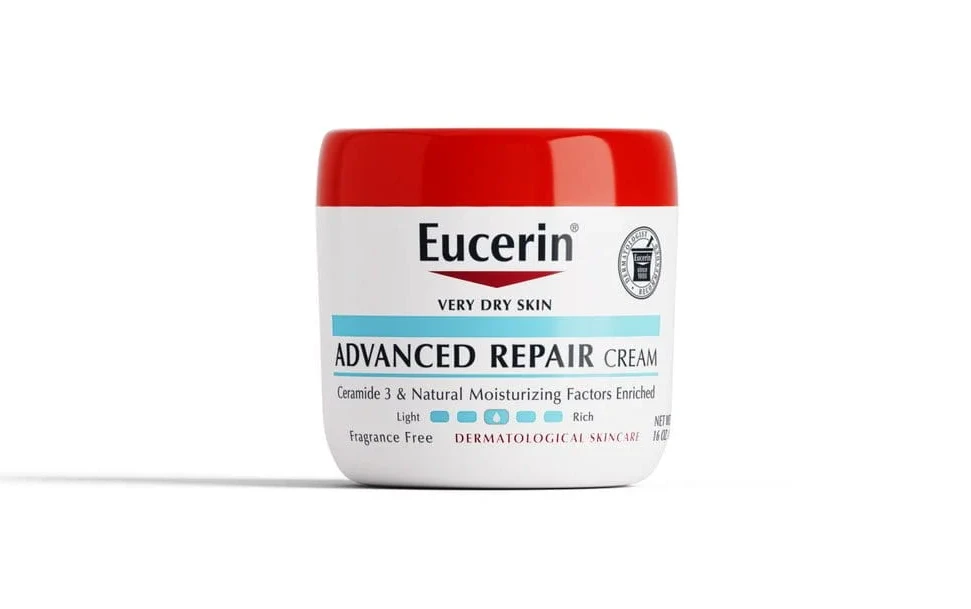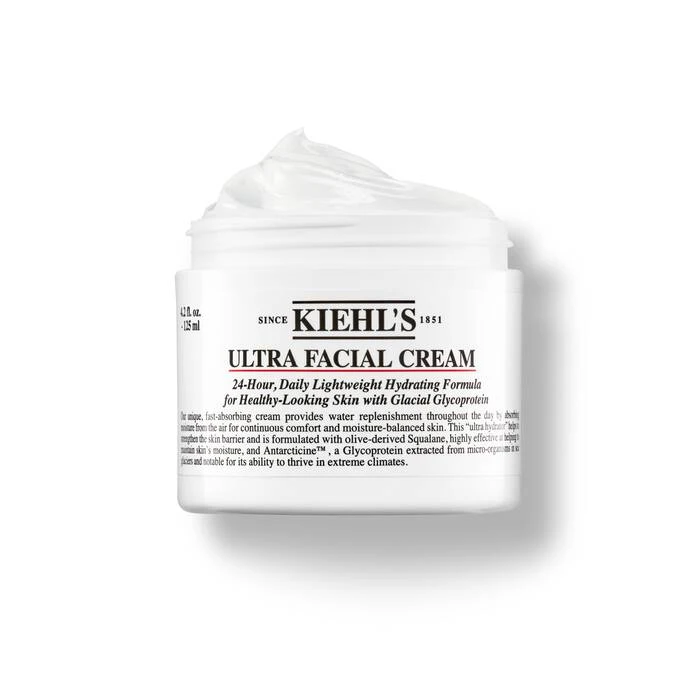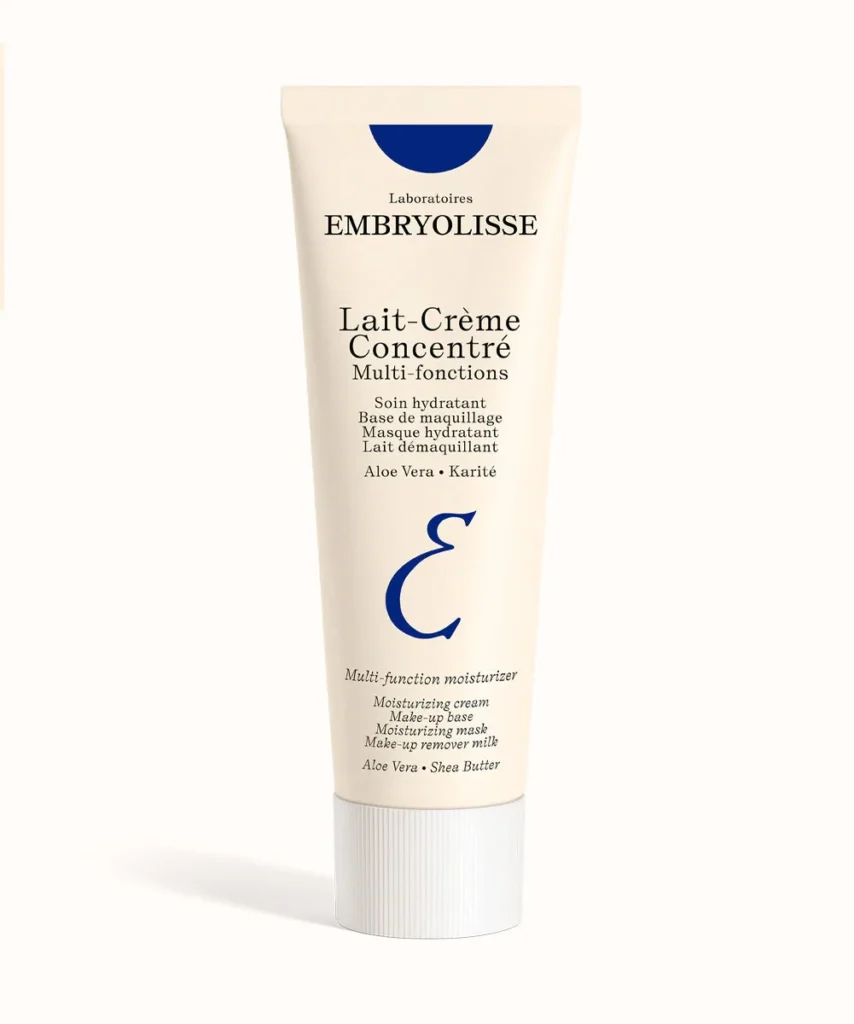Choosing the best moisturizer after a chemical peel is crucial for your skin’s recovery and overall health. Post-chemical peel care requires gentle, hydrating products that support your skin’s natural healing process. Look for moisturizers CeraVe, La Roche-Posay, Avène, Esude House that are specifically formulated for sensitive, post-procedure skin. These should contain ingredients that soothe irritation, replenish moisture, and protect your newly revealed skin from environmental stressors.
Avoid products with harsh chemicals, fragrances, or active ingredients that could further irritate your delicate skin. Instead, opt for gentle, non-comedogenic formulas that won’t clog pores or interfere with the peeling process.
Top 5 Highly Recommended Moisturizers For Post-Chemical Care For your Skin.
What to Know About Your Skin After a Chemical Peel
After undergoing a chemical peel treatment, your skin enters a crucial recovery process. Understanding these changes is essential for effective post-chemical peel care and selecting the best moisturizer for your specific skin concerns.
Increased Sensitivity: The peel solution removes dead skin cells, exposing a thin layer of new skin. This freshly revealed skin is highly sensitive to external factors. It’s vital to care for your skin gently and avoid harsh chemicals or excessive heat during this time.
Peeling Process: Depending on whether you’ve had superficial peels, medium peels, or deep peels, peeling typically begins 1-3 days post-procedure. The duration and intensity of chemical peeling vary based on the strength of the acid solution used and individual skin types.
Dryness and Tightness: Chemical peels strip away natural oils along with dead skin. This can result in dry skin and a feeling of tightness. Keeping your skin moisturized becomes critical during this phase to support your skin’s natural healing process.
Uneven Skin Tone and Texture: During the recovery process, your skin texture may temporarily appear uneven. This is normal and will improve as your skin recovers and new, healthy skin emerges.
Sun Sensitivity: Treated skin is highly susceptible to sun damage. UV rays can cause hyperpigmentation and reverse the skin rejuvenation benefits of your chemical peel. Avoiding direct sun exposure and wearing sunscreen are crucial steps in your post-chemical peel care routine.
What Ingredients Should You Look For In A Post-Peel Moisturizer?
After a chemical peel treatment, your skin needs specific ingredients to support the healing process and maintain skin health. Look for products with hydrating ingredients like hyaluronic acid, soothing components such as aloe vera, and barrier-repairing elements like ceramides.
Here’s a guide to the key ingredients you should look for in a post-peel moisturizer:
Hydrating Ingredients:
Hyaluronic Acid: Provides intense hydration and helps retain moisture
Glycerin: Attracts water to the skin, keeping it moisturized
Ceramides: Help repair and strengthen the skin barrier
Soothing Components:
Aloe Vera Gel: Calms irritation and reduces redness
Niacinamide: Soothes skin and supports the healing process
Panthenol: Moisturizes and promotes skin repair
Barrier-Repairing Elements:
Fatty Acids: Help restore the skin’s natural lipid barrier
Squalane: Mimics skin’s natural oils and helps prevent moisture loss
Allantoin: Supports cell renewal and soothes irritation
Antioxidants:
Vitamin E: Protects skin from free radical damage
Green Tea Extract: Offers anti-inflammatory benefits
Vitamin C: Brightens skin tone and provides antioxidant protection
Sun Protection:
Zinc Oxide: Provides physical sun protection
Titanium Dioxide: Another physical sunscreen ingredient
How Do You Choose The Right Moisturizer For Your Skin Type?
Selecting the best moisturizer after a chemical peel depends largely on your skin type.
Even after a chemical peel treatment, your underlying skin type plays a crucial role in determining the most effective post-chemical peel care.
Here’s a guide to choosing the right moisturizer based on different skin types:
For Dry Skin:
Look for rich, emollient moisturizers
Ingredients to seek: hyaluronic acid, ceramides, glycerin
Consider products like CeraVe Moisturizing Cream
Avoid: alcohol-based products that can further dry out your skin
For Oily Skin:
Opt for lightweight, non-comedogenic formulas
Ingredients to look for: hyaluronic acid, niacinamide, glycerin
Choose oil-free, gel-based moisturizers
Avoid: heavy, oil-based products that may clog pores
For Combination Skin:
Use a balanced moisturizer that hydrates without being too heavy
Consider using different products for different areas of your face
Look for ingredients like hyaluronic acid and niacinamide
Avoid products that are too rich for oily areas or too light for dry areas
For Sensitive Skin:
Choose gentle, fragrance-free moisturizers
Look for soothing ingredients like aloe vera gel and allantoin
Avoid products with potential irritants like alcohol or essential oils
Consider moisturizers specifically formulated for sensitive skin
For Acne-Prone Skin:
Opt for non-comedogenic, oil-free moisturizers
Look for ingredients like niacinamide and hyaluronic acid
Avoid heavy, pore-clogging ingredients
Consider products that address both hydration and acne concerns
Here are 9 Best Moisturizers to Use After Chemical Peel that meet these criteria:
CeraVe Moisturizing Cream is a dermatologist-developed cream, a powerhouse of hydration, perfect for post-chemical peel care.
Featuring three essential ceramides and hyaluronic acid, it restores and maintains your skin’s protective barrier.
Its non-greasy formula provides 24-hour hydration, making it ideal for dry, sensitive skin recovering from chemical peels.
Best skin type for:
Normal to Dry Skin,
Sensitive Skin especially after chemical peel treatments.
Key Ingredients:
Ceramides (1, 3, 6-II)
Hyaluronic Acid
MVE Technology
Glycerin
La Roche-Posay Cicaplast Baume B5 is a multi-purpose balm that’s a go-to for post-chemical peel recovery. Enriched with Panthenol, Madecassoside, and a Copper-Zinc-Manganese complex, it supports skin healing and provides a protective barrier.
This soothing formula is perfect for addressing the dryness, irritation, and sensitivity often experienced after chemical peels. Its non-greasy texture absorbs quickly, making it suitable for use day and night to aid in your skin’s recovery process.
Best skin type for:
Sensitive skin
Dry skin
Post-procedure skin (including chemical peels)
Normal to combination skin experiencing temporary sensitivity
Ingredients:
Panthenol (Vitamin B5)
Madecassoside
Shea Butter
Glycerin
Zinc Gluconate
Copper-Zinc-Manganese
First Aid Beauty Ultra Repair Cream is a fast-absorbing, rich moisturizer and is a lifesaver for distressed skin post-chemical peel. Formulated with colloidal oatmeal, shea butter, and ceramides, it offers immediate relief and long-term hydration.
Safe for sensitive skin and even suitable for those prone to eczema, it helps calm redness and irritation while supporting your skin’s natural healing process. Its whipped texture feels lightweight yet deeply nourishing, perfect for tender post-peel skin.
Best skin type for:
All skin types, especially dry and sensitive skin
Post-procedure skin (including chemical peels)
Normal to combination skin experiencing temporary dryness
Ingredients:
Colloidal Oatmeal
Shea Butter
Allantoin
Ceramide 3
Licorice Root Extract
Glycerin
Vanicream Moisturizing Cream is a gentle giant in the world of moisturizers, Vanicream is ideal for the most sensitive skin types, including post-peel skin.
Free from common irritants like fragrances, dyes, lanolin, parabens, and formaldehyde, it’s perfect for those with allergies or reactive skin.
Its simple yet effective formulation makes it a safe choice for maintaining moisture without risking further irritation.
Best skin type for:
Sensitive skin
Dry skin
Post-procedure skin (including chemical peels)
Allergy-prone skin
Ingredients:
White petrolatum
Sorbitol
Cetearyl alcohol
Propylene glycol
Dr. Jart+ Ceramidin Cream is a deeply moisturizing cream and is a skin barrier superhero, making it excellent for post-peel care.
Enriched with a complex of 5 ceramides, it strengthens your skin’s natural barrier and prevents moisture loss.
Its nourishing formula helps improve skin texture and elasticity, which is crucial during the healing process after a peel.
Best skin type for:
Dry skin
Sensitive skin
Post-procedure skin (including chemical peels)
Dehydrated skin types
Ingredients:
5-Cera Complex (ceramides)
Hyaluronic acid
Panthenol (Vitamin B5)
Glycerin
Shea butter
Vichy Aqualia Thermal Rich Cream is infused with Vichy’s signature Mineralizing Thermal Water, this hydrating powerhouse is ideal for post-peel recovery.
Its unique combination of hyaluronic acid and plant sugar mannose provides 48-hour hydration, reinforcing the skin barrier and evening out the complexion.
The rich, non-greasy texture is perfect for dry to very dry sensitive skin, offering intense moisture without clogging pores.
Best skin type for:
Dry skin
Sensitive skin
Post-procedure skin (including chemical peels)
Dehydrated skin types
Ingredients:
Vichy Volcanic Water
Hyaluronic Acid
Dynamic Hydration Technology
Glycerin
Shea Butter
Aquabioryl
Eucerin Advanced repair cream is a fragrance-free moisturizer and is a go-to for compromised skin post-chemical peel.
Formulated with ceramides, Natural Moisturizing Factors, and Gluco-Glycerol, it offers 48-hour hydration while strengthening the skin’s moisture barrier.
Its fast-absorbing formula is suitable for both face and body, making it versatile for various peel treatment areas.
The gentle yet effective formulation helps calm and nourish your skin, supporting the healing process after a chemical peel.
Best skin type for:
Dry skin
Sensitive skin
Post-procedure skin (including chemical peels)
Dehydrated skin types
Ingredients:
Ceramide-3
Natural Moisturizing Factors (NMF)
Gluco-Glycerol
Urea
Glycerin
Lactic Acid
Kiehl’s Ultra Facial Cream is an intensive moisturizer designed to repair and fortify your skin’s barrier, making it perfect for post-peel care.
Featuring colloidal oatmeal, beta-glucan, and ceramides, this cream soothes, protects, and deeply hydrates sensitive and compromised skin.
It’s ideal for addressing the dryness, redness, and weakened barrier often experienced after chemical peels.
Best skin type for:
Sensitive skin
Dry skin
Post-procedure skin (including chemical peels)
Skin with compromised barrier
Ingredients:
Colloidal Oatmeal
Ceramide Complex
Beta-Glucan
Squalane
Vitamin E
Centella Asiatica Extract
Embryolisse Lait-Crème Concentré is a cult favorite French pharmacy product and is a multi-tasking marvel for post-peel skincare.
Serving as a moisturizer, makeup primer, and beauty mask, it’s enriched with nourishing ingredients like shea butter, aloe vera, and soy proteins.
Its gentle formula hydrates and soothes, making it suitable for sensitive post-peel skin. The lightweight texture absorbs quickly, providing a comfortable base for makeup if needed to cover any post-peel redness.
Best skin type for:
Sensitive skin
Dry skin
Post-procedure skin (including chemical peels)
Various skin types
Ingredients:
Shea Butter
Soy Proteins
Aloe Vera
Beeswax
Mineral Oil
How Should You Apply Moisturizer After A Chemical Peel?
Proper application of moisturizer is crucial for post chemical peel care and to support your skin’s natural healing process. Here’s how to approach it:
Proper Cleansing Techniques:
Use a gentle cleanser recommended by your skincare professional
Cleanse with cool or lukewarm water, avoiding hot water which can irritate treated skin
Pat skin dry gently with a soft towel – do not rub
Timing of Application:
Apply moisturizer immediately after cleansing while skin is still slightly damp
Reapply throughout the day if the skin feels tight or dry
Application Method for Sensitive, Peeling Skin:
Apply a thin layer of moisturizer using gentle, upward strokes
Avoid rubbing or pulling on peeling skin
Allow the product to absorb naturally – don’t massage it in vigorously
By following these guidelines, you can help ensure that your skin stays moisturized, protected, and on track for optimal healing and rejuvenation after your chemical peel treatment.
What Other Post-Peel Skincare Tips Should You Follow?
Sun Protection Strategies:
Wear a broad-spectrum sunscreen with at least SPF 30 daily
Reapply sunscreen every 2 hours, especially if outdoors
Wear protective clothing like wide-brimmed hats and long sleeves
Avoid direct sun exposure, particularly during peak hours (10 am – 4 pm)
Use physical sunscreens (zinc oxide, titanium dioxide) for sensitive post-peel skin
Products and Activities to Avoid:
To ensure proper healing and avoid complications after your chemical peel treatment, steer clear of:
Harsh chemicals: Avoid products containing alcohol, fragrances, or other potential irritants
Exfoliants: Skip physical and chemical exfoliants (scrubs, alpha hydroxy acids, salicylic acid) until your skin has fully healed
Hot water: Use cool or lukewarm water for cleansing to prevent irritation
Excessive heat: Avoid saunas, steam rooms, and strenuous exercise that causes sweating
Picking or peeling: Let dead skin cells shed naturally to prevent damage and potential scarring
Makeup: Avoid applying makeup for at least 24-48 hours post-peel, or as advised by your skincare professional
Additional Post-Peel Care Tips:
Stay hydrated by drinking plenty of water to support skin health
Use a humidifier to keep the air moist and prevent skin dryness
Apply a hydrating serum before your moisturizer for extra nourishment
Be patient – the peeling process can take several days depending on the depth of your peel
Follow all post-peel instructions provided by your skincare professional
Remember, post chemical peel aftercare is crucial for achieving optimal results and maintaining healthy skin. By following these tips and using the right products, including a suitable hydrating moisturizer, you can support your skin’s natural healing process, improve skin texture and tone, and reveal a more youthful-looking complexion.
When Should You Consult A Skincare Professional About Your Post-Peel Care?
While chemical peels can significantly improve skin texture and tone, it’s crucial to know when to seek professional advice during the recovery process.
Your skincare professional is an invaluable resource for ensuring optimal healing and addressing any concerns that may arise post-peel.
Signs of Adverse Reactions:
Severe redness or swelling
Intense burning or itching
Unusual or excessive peeling
Signs of infection (pus, warmth, fever)
Allergic reactions (hives, difficulty breathing)
Unexpected changes in skin color or texture
Persistent Issues or Concerns:
Prolonged dryness or irritation
Delayed healing process
Uneven skin tone lasting beyond expected recovery time
Acne breakouts or new skin imperfections
Concerns about scarring or hyperpigmentation
Uncertainty about resuming normal skincare routine
Customizing Your Skincare Routine:
Adjusting moisturizer type or application frequency
Introducing new products post-peel
Transitioning from post-peel care to regular skincare
Planning future chemical peel treatments
Addressing specific skin concerns (e.g., acne scars, sun damage)
Optimizing your routine for your skin type and treatment goals
If you experience any of these symptoms, it’s important to contact your skin care professional immediately. Remember, proper post chemical peel care is essential for achieving the best possible results from your treatment.
By staying in touch with your skincare professional and following their guidance, you can ensure your skin remains healthy, moisturized, and protected throughout the healing process and beyond.
Conclusion:
Proper moisturization is essential for optimal post chemical peel care, supporting your skin’s healing process and maximizing treatment results.
Choose a moisturizer that suits your skin type and addresses post-peel needs like sensitivity and dryness. Consult your skincare professional for personalized recommendations.
Remember, effective post-peel care goes beyond moisturizing. Gentle cleansing, sun protection, and following your professional’s instructions are crucial.
With the right care and products, you can enjoy healthier, more radiant skin that reflects your dedication to skin health.
